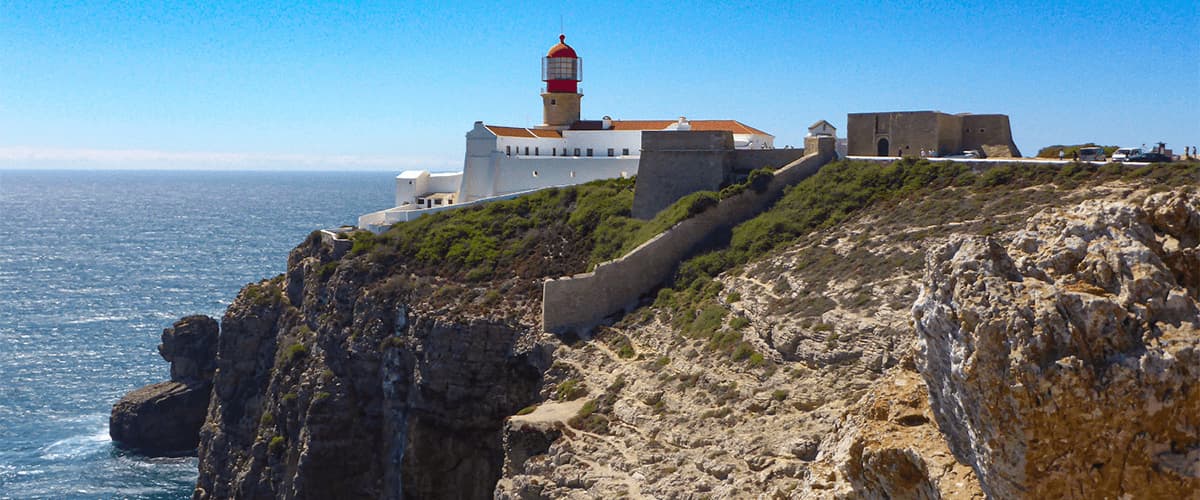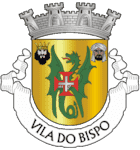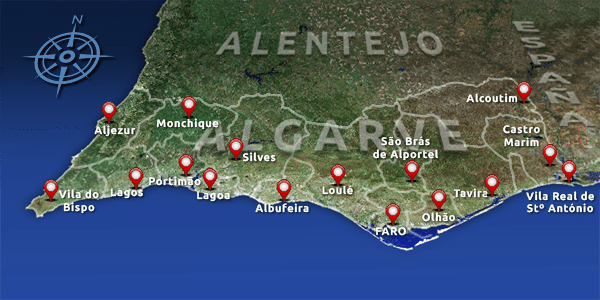 Vila do Bispo What to discover and how to enjoy your visit
Vila do Bispo What to discover and how to enjoy your visit

 The Municipality of Vila do Bispo is divided into the following parishes: Barão de São Miguel; Budens; Sagres; Vila do Bispo and Raposeira
The Municipality of Vila do Bispo is divided into the following parishes: Barão de São Miguel; Budens; Sagres; Vila do Bispo and Raposeira
Municipal Holiday: 21st January
Inhabitantes: around 5,300
Area: 179 km²
From a geographical point of view, Vila do Bispo has two coastlines, the west coast - less rugged, but with wave action ideal for more radical sports, like surfing - and the south coast with beautiful beaches, which are practically deserted even in high season, offering opportunity to enjoy peaceful moments in harmony with nature.
Of special interest amongst the town’s rich historical heritage we note the Church of Vila do Bispo, the Fortress at Sagres, and some smaller fortresses that served in the past to protect the town. There are also many windmills, some still functioning, characteristic of the rural and agricultural scene upon which part of the economy of the region is based.
From the 1980’s, however, the region began to open its doors to tourism. As part of the area of the Nature Reserve, it manages to preserve its natural beauty of virgin landscapes practically intact.
Very attractive, from a culinary point of view, are the shellfish, such as “buzios” (large whelks) and the famous “perceves” (goose barnacles), fried moray eel, “arroz de safio” (conger eel rice) and “sargo no forno” (baked sea bream). The most famous dish from the interior is the “cozido de couve com enchidos” (boiled cabbage with black pudding) and for desert a delicious honey cake.
Every year the Vila do Bispo Municipal “Feira de Actividades Económicas, Artesanato, Gastronomia e Pecuária” (annual fair) is held in September, exhibiting the best of its people and their customs.
At the beginning of the 15th century Europe was going through as grave crisis, and Portugal was no exception. The lack of wheat, gold and silver led the Portuguese to extend their maritime activities. The illustrious Infante D. Henrique (heir to the throne) was the driving force behind the “Voyages of Discovery”. To prepare for this great adventure, he called together all the wisest minds and navigators. It was in Sagres that he found the ideal place to put into practice his knowledge, gained from these sages of geography and navigation, so sending out “caravelas” (small, lateen sail galleons) to discover new continents.
Popular legend has it that a Naval School was founded as a result of the exploits of D. Henrique, but historical fact contradicts this, and it is possible the school never existed. The Infante D. Henrique spent the last decades of his life in Sagres, dying on the 13th of November 1460 at Cape St. Vincent.
Cape St. Vincent is the most southwestern point of Portugal and Europe, offering panoramic views of the Atlantic Ocean. It is a strategic point where vessels pass on route to the Mediterranean, and still has some characteristic monuments of past times, such as the ruins of the 16th century convent.
The main Parish Church of Nossa Senhora da Conceição (Our Lady of Conception) and the Chapel of Nossa Senhora de Guadalupe in the parish of Raposeira deserve close inspection.
There are also numerous monolithic monuments, witnesses to pre-historic occupation in the area.



Move your mouse over the aerial view of the Algarve and click on the chosen destination.


